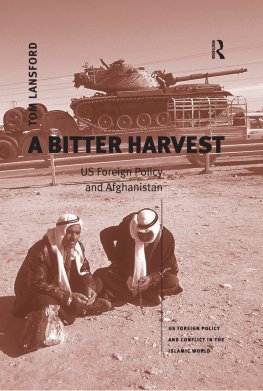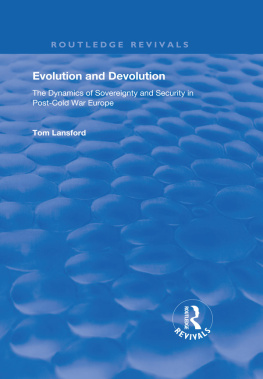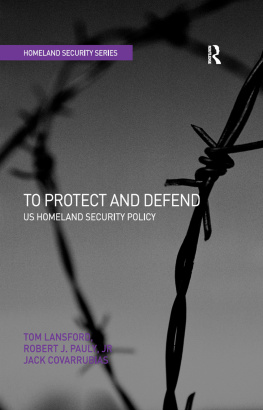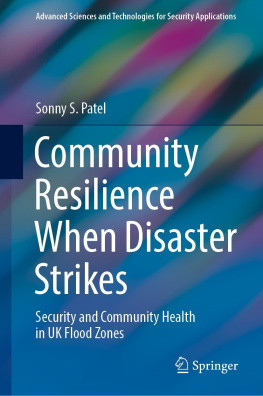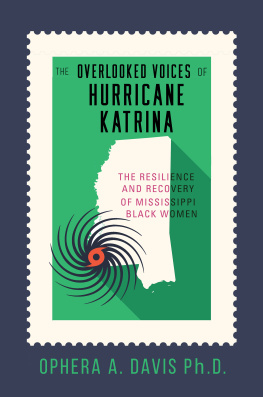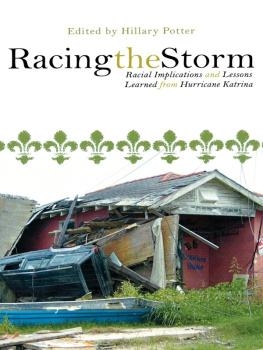FOSTERING COMMUNITY RESILIENCE
Homeland Security Series
Series Editors:
Tom Payne, University of Southern Mississippi, USA
Tom Lansford, University of Southern Mississippi, USA
This series seeks to provide a body of case studies to explore the growing importance and prominence of homeland security to national defence policy and to examine the development of homeland security within the broader context of national defence policy in the United States and other major developed states. This series will identify and analyze the major threats that are particular to homeland security, as well as those that affect broader national security interests. Comparative studies will be used to elucidate the major similarities and differences in how states approach homeland security and works which advocate new or non-traditional approaches to homeland security. The series aims to integrate information from scholars and practitioners to provide works which will influence the policy debate and examine the ramifications of policy.
Also in the series
Protecting Our Ports
Domestic and International Politics of Containerized Freight Security
Suzette R. Grillot and Rebecca J. Cruise with Valerie J. DErman
ISBN 978-0-7546-7789-5
Power Plays
Enriched Uranium and Homeland Security
Christopher Hubbard
ISBN 978-0-7546-7693-5
Calculated Risks
Highly Radioactive Waste and Homeland Security
Kenneth A. Rogers and Marvin G. Kingsley
ISBN 978-0-7546-7133-6
The State and Terrorism
National Security and the Mobilization of Power
Joseph H. Campos II
ISBN 978-0-7546-7192-3
Comparative Legal Approaches to Homeland Security and Anti-Terrorism
James Beckman
ISBN 978-0-7546-4651-8
Fostering Community Resilience
Homeland Security and Hurricane Katrina
TOM LANSFORD
University of Southern Mississippi Gulf Coast, USA
JACK COVARRUBIAS
University of Southern Mississippi Gulf Coast, USA
BRIAN CARRIERE
Mississippi Gulf Coast Community College, USA
and
JUSTIN MILLER
Mississippi College School of Law, USA
First published 2010 by Ashgate Publishing
Published 2016 by Routledge
2 Park Square, Milton Park, Abingdon, Oxon OX14 4RN
711 Third Avenue, New York, NY 10017, USA
Routledge is an imprint of the Taylor & Francis Group, an informa business
Copyright Tom Lansford, Jack Covarrubias, Brian Carriere and Justin Miller 2010
Tom Lansford, Jack Covarrubias, Brian Carriere and Justin Miller have asserted their right under the Copyright, Designs and Patents Act, 1988, to be identified as the authors of this work.
All rights reserved. No part of this book may be reprinted or reproduced or utilised in any form or by any electronic, mechanical, or other means, now known or hereafter invented, including photocopying and recording, or in any information storage or retrieval system, without permission in writing from the publishers.
Notice:
Product or corporate names may be trademarks or registered trademarks, and are used only for identification and explanation without intent to infringe.
British Library Cataloguing in Publication Data
Fostering community resilience : homeland security and Hurricane Katrina. -- (Homeland security series)
1. Emergency management--Mississippi--Gulf Coast. 2. Hurricane Katrina, 2005. 3. National security--United States. 4. Disasters--Psychological aspects.
I. Series II. Lansford, Tom.
363.3'48'09762'090511-dc22
Library of Congress Cataloging-in-Publication Data
Fostering community resilience : homeland security and Hurricane Katrina / by Tom Lansford [et al.].
p. cm. -- (Homeland security)
Includes bibliographical references and index.
ISBN 978-1-4094-0249-7 (hbk) -- ISBN 978-1-3155-8283-2 (ebk) 1. Emergency management--Gulf States. 2. Hurricane Katrina, 2005. I. Lansford, Tom.
HV551.4.G85F67 2010
363.34'60973--dc22
2010022184
ISBN 9781409402497 (hbk)
ISBN 9781315582832 (ebk-ePDF)
ISBN 9781317133834 (ebk-ePUB)
Contents
List of Figures and Tables
Figure
Tables
For our home on the Mississippi Gulf Coast
Acknowledgments
This work would not have been possible without the assistance and support of the many wonderful people at Ashgate Publishing, the Meridian Institute, and the Community and Regional Resilience Institute. We would like to send our special thanks to Kirstin Howgate, General Warren Edwards (Ret.), Mrs Ann Olsen and Mrs Ann Farrar for their support throughout this project and for their dedication to the goal of a safer more resilient Mississippi Gulf Coast and nation.
Tom Lansford would like to acknowledge Ivy Lansford, his mother, as well as his sister Cynthia. He would also like to extend his deepest appreciation to his brother David Lansford, and his niece Rebecca and nephew Matthew, who were among the thousands of volunteers who came to the Coast in the aftermath of Katrina to volunteer. Dr Lansford would also like to express his deepest thanks to Dr Robert P. Watson of Lynn University for his efforts after Katrina. He would further like to thank the congregation of the Ferry Farm Baptist of Fredericksburg, Virginia for their compassion, contributions, and volunteerism in the aftermath of the storm. Finally, as always, his love to Gina and his two daughters, Ella and Katemy muses.
Jack Covarrubias would like to thank his mother, Laudy, his brother and sister, Mike and Veronica, and the only grandmother he has known, Mrs Celeste Poore. His love goes out to his wonderful daughter, Savannah, and to his beautiful wife, Tracy.
Brian Carriere acknowledges his parents and wife Meredith for their constant support, and his children, for they are the reason he cares so deeply about the future of our community.
Justin Miller would like to thank his parents, James and Jeri Miller, for their love and support, and his brother Jon, for his friendship and encouragement throughout graduate school. He would also like to thank his friends in the Gulf Coast community who inspired him to do well.
The authors would like to acknowledge the public employees in the cities and counties along the Mississippi Gulf Coast that dedicate their work to improve the quality of life for all of us daily. We acknowledge the many volunteer and nonprofit organizations that sacrificed their time and energy to help our Mississippi communities after Hurricane Katrina. We acknowledge the citizens of the Mississippi Gulf Coast whose strength persevered through the worst natural disaster to strike the United States.
Chapter 1
Resilience and Homeland Security
Counterterrorism organizations necessarily function in a top-down manner, while emergency management agencies require a bottom-up structure. When FEMA required the autonomy to function in response to catastrophic hurricanes, they were hampered by the top-down bureaucratic structure of DHS.
Kenneth Hansen, Associate Professor, California State University-Fresno
But this transformation will not take place overnight. It will be a long-term effort that requires a close partnership between government and its citizens. It will demand a careful rethinking by citizens about the values inherent in our political system and which of these we most want to protect.


